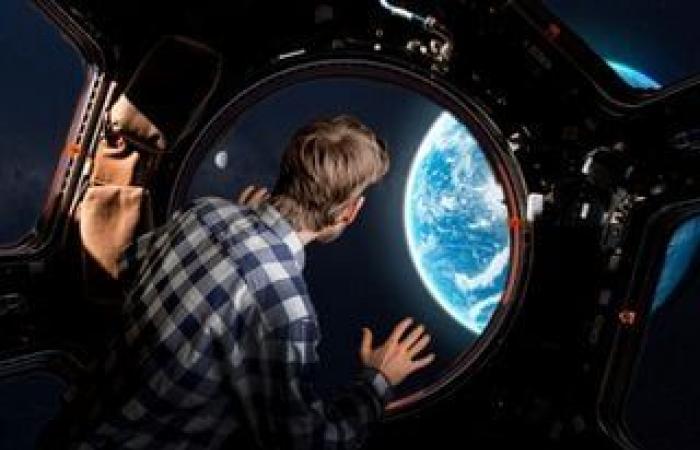As commercial space travel becomes more accessible, the profile of space travelers is diversifying to include older people and people with chronic diseases. This change requires a deeper understanding of how microgravity affects people with conditions such as heart failure. Dr Lex van Loon, Assistant Professor at the Australian National University and the University of Twente, aims to address these challenges, paving the way for Safer space missions for everyone.
The need to conduct heart failure studies in space
Exploring heart failure in space reveals crucial insights into the changing landscape of commercial space travel. With increasing numbers of older, wealthy people venturing beyond Earth’s boundaries, many of whom lack the rigorous health screenings and physical preparation typical of professional astronauts, the need for Comprehensive health considerations in space missions. Among these concerns, heart failure —affecting more than 100 million people worldwide— emerges as a fundamental area that demands attention.
It becomes imperative to understand How microgravity uniquely affects people with cardiovascular problemsgiven the potential ramifications for their health and the success of space missions.
Furthermore, the heterogeneity of heart failure, characterized by distinct types with varying physiological mechanisms, underscores the complexity of studying its implications across space. Whether it is the inability of a weakened heart to pump blood effectively or the challenge of the heart’s relaxation and filling processes, each type presents its own set of challenges. To address these nuances, separate investigations are essential for adapt countermeasures effectively to the microgravity environment.
Use of computational models to simulate spatial conditions
In the environment of space microgravitythe body undergoes significant changes, particularly the fluid redistribution leading to “swollen-faced bird’s foot” syndrome. While healthy people adapt, patients with heart failure face greater risks due to increased venous pressure, the pressure exerted on the walls of veins when blood is pumped back to the heart. To understand these impacts, van Loon and his team employed computational models, adjusting parameters to accurately predict how heart failure patients will fare in space.
Their simulations revealed a universal increase in cardiac output upon entering microgravity. However, in patients with heart failure, this is accompanied by elevated pressure in the left atrium, which can cause pulmonary edemaa condition characterized by fluid buildup in the lungs. This underscores the need for personalized medical plans and comprehensive health screenings for space tourists, particularly those with underlying health conditions such as heart failure.
Looking ahead, the development of human digital twins emerging as a promising avenue for improving the safety of space travel. These virtual replicas can simulate how an individual’s specific health conditions would respond to space stress (such as microgravity), offering personalized risk assessments and interventions.
As humanity ventures deeper into space, leveraging technologies like human digital twins will be critical to safeguard the well-being of all space travelersespecially those with heart disease.
Sources and references of the news:
van Loon, LM “Heart failure in space: scientists calculate potential health threats facing future space tourists in microgravity” https://www.frontiersin.org/news/2024/06/21/heart-failure-space-tourist-astronauts- vanloon?ref=athenil.com








